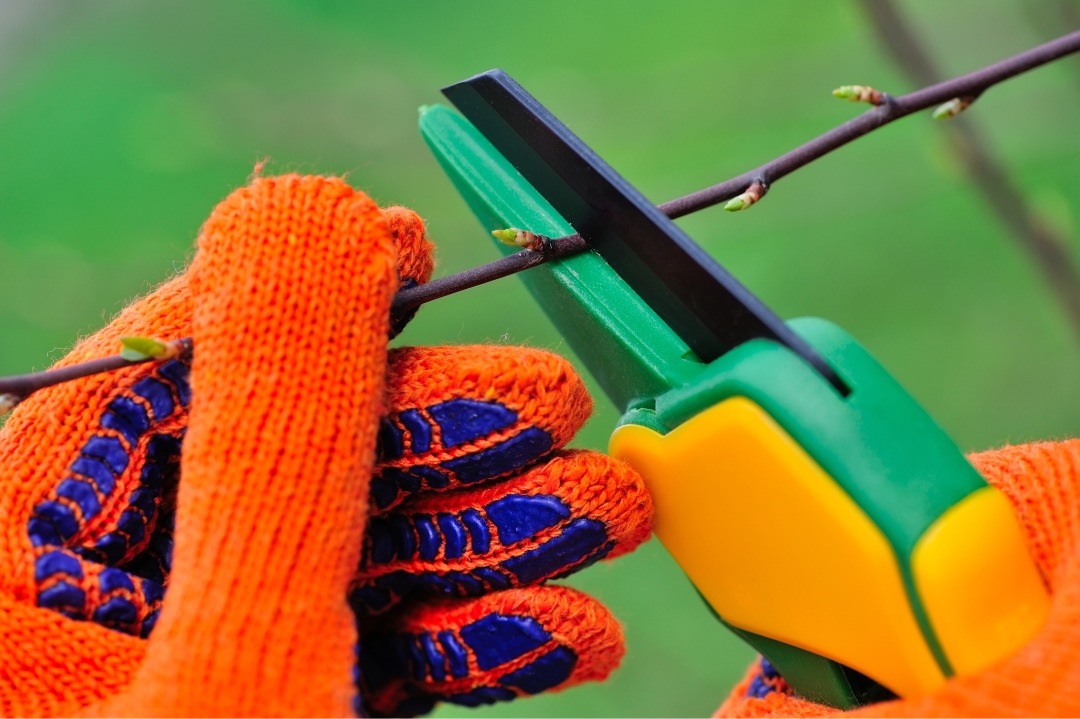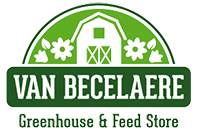“Off With Their Heads:” Deadheading Plants in Your Vegetable and Fruit Garden

Posted on July 31, 2024 by Van Becelaere Greenhouse
Deadheading is a gardening technique that sounds drastic, but it’s crucial for anyone aiming to yield healthy crops. Pinching off young buds, stems, fruit, vegetables, or flowers will result in a more abundant harvest and flavorful leaves, whether you’re growing fruit or vegetable plants.
In today’s blog, we’ll explore the ins and outs of deadheading, including:
- What is deadheading?
- How deadheading benefits your garden
- Best practices for yielding a healthy crop
What is Deadheading?
Deadheading involves removing spent flowers, fruits or stems from plants. For instance, with tomatoes, you would remove the spent flowers or the first few fruits that start to form. The technique is often associated with flower gardening but is equally beneficial for vegetable and fruit plants.
By cutting back these parts, you’re encouraging the plant to put greater energy into producing new growth and, ultimately, more produce. Think of it as giving your plants a fresh start to boost crop yields.
How Deadheading Benefits Your Garden
One primary benefit of deadheading is the prevention of bolting–a process where a plant prematurely produces flowers that go to seed, diverting energy from leaf and fruit production. This often leads to a decline in produce quality. It exhausts a plant’s energy, producing less flavorful leaves and smaller, less robust fruits. Pinching back new flower blooms will encourage healthier plants and more abundant crops.
Another advantage is that it promotes new stems and growth. When you prune back or pinch out the spent parts, the plant redirects its energy into developing new stems, leading to a fuller, more productive plant.
The practice, in particular, benefits many herbs and flowering plants, including garden vegetables and fruit-bearing plants. If not regularly deadheaded, these plants can become ‘leggy’ (having long, thin stems with few leaves), such as tomatoes with sparse foliage or herbs with elongated stems, and less productive.
How to Deadhead Vegetable and Fruit Plants
Deadheading vegetable and fruit plants is a simple process that any home gardener can quickly master. For fruiting plants like tomatoes and peppers, pinch off the first few flowers to encourage the plant to establish stronger roots before producing fruit.
Similarly, for leafy vegetables like lettuce and spinach, regularly pinching out flower buds is all it takes to prevent bolting in plants and maintain flavorful leaves. With these straightforward steps, you’ll ensure a healthy and bountiful harvest.
Fruit trees also benefit from selective pruning. Removing small or misshapen fruits early in the season can help the tree focus its energy on developing more significant, healthier fruits. This practice, often called tip pruning, ensures fruit trees yield a more abundant and higher-quality crop.
Best Practices and Tips for Yielding a Healthy Crop
For yielding a healthy crop, follow these best practice tips for deadheading your vegetable and fruit plants this summer.
- To prevent damaging your plants or harvest, use sharp, sterile pruning shears or scissors to make precise cuts.
- Always deadhead in the morning when the plants are well-hydrated.
- Be mindful of the plant’s growth stage; for example, avoid heavy pruning during unseasonally rapid growth.
- Routinely inspect plants for signs of disease or pests, as deadheading can help maintain overall plant health.
Deadheading is a Vital Practice for Home Gardeners
Deadheading may seem like an aggressive gardening technique, but it’s a vital practice for home gardeners looking to boost yields and maintain healthy crops. Regularly pinching back spent flowers, fruits, and stems can prevent bolting, promote new growth, and ensure vegetable and fruit plants thrive throughout the growing season. Your garden’s potential is boundless, and deadheading is the key to unlocking it.
If you’re looking for garden tips from an area team of experts in Pittsburg, Kansas, stop by or call Van Becelaere Greenhouse with all your garden questions at 620-231-1127. Happy gardening!
